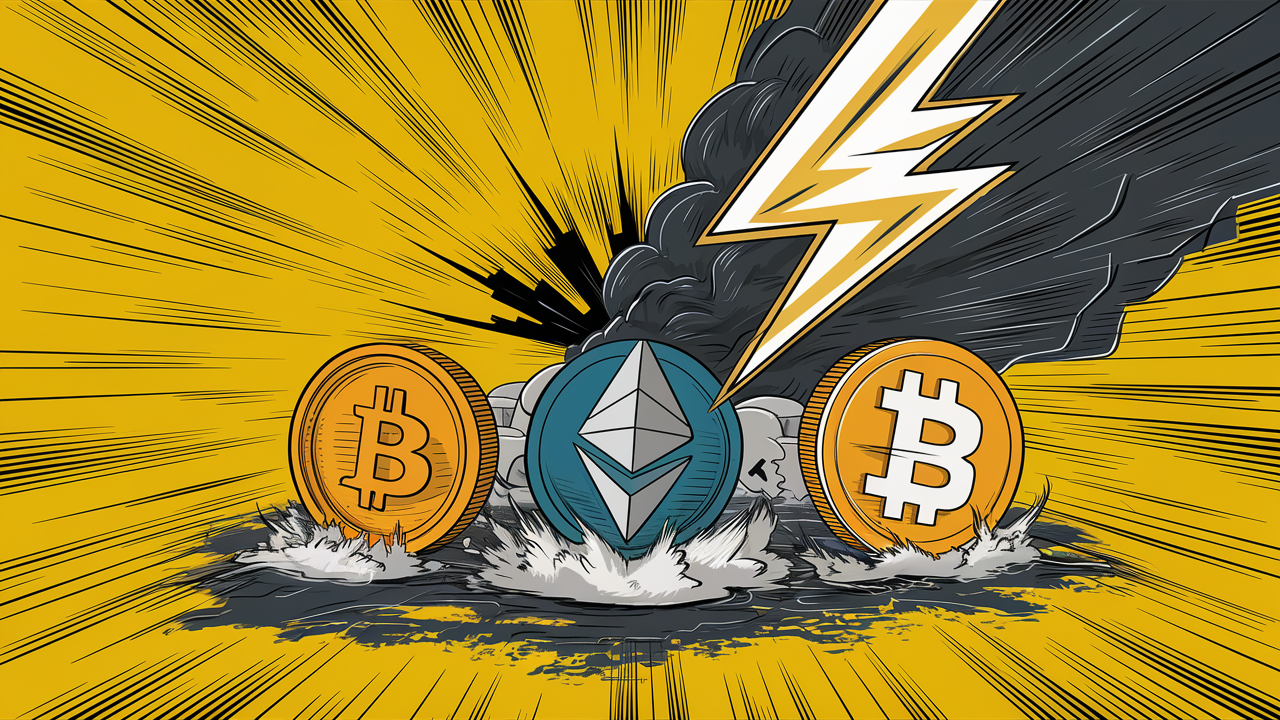London Fork
Cryptocurrency investors may be aware of the “London hard fork,” a significant Ethereum update.
London’s hard fork occurred nearly exactly on time at 12:33 p.m. UTC on Thursday, during the height of the 12,965,000 block, bringing in EIP 1559.
The ‘London hard fork’ is a forerunner to Ethereum 2.0 and introduces significant changes to the network, including how mining will be done in the future and the nature of transaction fees.
With the upgrade implemented, Ethereum’s market structure will undergo a major makeover in terms of network transaction costs and other market characteristics, such as gas refunds.
This is comparable to past Bitcoin halvings, during which the block reward for miners was halved and the price increased.
According to some supporters of the upgrade, it would transform Ether into a deflationary asset, since each transaction will permanently remove a part of the total currency supply from circulation.
Fare Issues
At the moment, network users compete for miners to verify their transactions on the blockchain. This implies that you will often pay a higher gas cost during peak hours, which is beneficial to miners but detrimental to users.
The issue has become worse in recent months as a result of a rise in interest in non-fungible tokens, the majority of which are based on the ethereum blockchain, as well as rapid development in the realm of decentralized finance, or DeFi, which also largely relies on the ethereum blockchain.
This is comparable to past Bitcoin halvings, during which the block reward for miners was halved and the price increased.
According to CoinDesk’s Christine Kim, EIP 1559 “replaces Ethereum’s auction-style fee market with an algorithm that determines the price of gas automatically.” According to Kim’s research, the idea serves four critical purposes: it mitigates the rising supply of ether, prevents economic abstraction from ether, reduces rate volatility, and improves the rate market’s efficiency.
Scale Issues
While not as well-known as EIP-1559, another EIP contained in the London fork is EIP-3554, and its significance cannot be overstated.
Miners may continue to sell processing power to the network in exchange for a freshly created aether reward if they win a block.
The blockchain has always struggled with scalability, and its extremely unpredictable and sometimes expensive transaction costs may irritate even its most ardent supporters.
The blockchain has always struggled with scalability, and its extremely unpredictable and sometimes expensive transaction costs may irritate even its most ardent supporters.
Backward-incompatible upgrades depend on the hundreds of distributed computers, commonly known as “nodes,” linked to the Ethereum network simultaneously updating their software.
Prepared to begin
Additionally, with this latest backward-incompatible hard fork, five additional Ethereum Enhancement Proposals were released (EIPs).
75.7 percent of Ethereum nodes globally are prepared for the London split, according to statistics from Ethereum nodes and the Ethernode network explorer.
Fuentes: [1], [2], [3], [4], [5]. Photo by Alessio Cesario from Pexels.
CryptoPress
Cryptocurrency investors may be aware of the “London hard fork,” a significant Ethereum update.
London’s hard fork occurred nearly exactly on time at 12:33 p.m. UTC on Thursday, during the height of the 12,965,000 block, bringing in EIP 1559.
The ‘London hard fork’ is a forerunner to Ethereum 2.0 and introduces significant changes to the network, including how mining will be done in the future and the nature of transaction fees.
With the upgrade implemented, Ethereum’s market structure will undergo a major makeover in terms of network transaction costs and other market characteristics, such as gas refunds.
This is comparable to past Bitcoin halvings, during which the block reward for miners was halved and the price increased.
According to some supporters of the upgrade, it would transform Ether into a deflationary asset, since each transaction will permanently remove a part of the total currency supply from circulation.
Fare Issues
At the moment, network users compete for miners to verify their transactions on the blockchain. This implies that you will often pay a higher gas cost during peak hours, which is beneficial to miners but detrimental to users.
The issue has become worse in recent months as a result of a rise in interest in non-fungible tokens, the majority of which are based on the ethereum blockchain, as well as rapid development in the realm of decentralized finance, or DeFi, which also largely relies on the ethereum blockchain.
This is comparable to past Bitcoin halvings, during which the block reward for miners was halved and the price increased.
According to CoinDesk’s Christine Kim, EIP 1559 “replaces Ethereum’s auction-style fee market with an algorithm that determines the price of gas automatically.” According to Kim’s research, the idea serves four critical purposes: it mitigates the rising supply of ether, prevents economic abstraction from ether, reduces rate volatility, and improves the rate market’s efficiency.
Scale Issues
While not as well-known as EIP-1559, another EIP contained in the London fork is EIP-3554, and its significance cannot be overstated.
Miners may continue to sell processing power to the network in exchange for a freshly created aether reward if they win a block.
The blockchain has always struggled with scalability, and its extremely unpredictable and sometimes expensive transaction costs may irritate even its most ardent supporters.
The blockchain has always struggled with scalability, and its extremely unpredictable and sometimes expensive transaction costs may irritate even its most ardent supporters.
Backward-incompatible upgrades depend on the hundreds of distributed computers, commonly known as “nodes,” linked to the Ethereum network simultaneously updating their software.
Prepared to begin
Additionally, with this latest backward-incompatible hard fork, five additional Ethereum Enhancement Proposals were released (EIPs).
75.7 percent of Ethereum nodes globally are prepared for the London split, according to statistics from Ethereum nodes and the Ethernode network explorer.
Fuentes: [1], [2], [3], [4], [5]. Photo by Alessio Cesario from Pexels.
© 2024 Cryptopress. For informational purposes only, not offered as advice of any kind.
Related
- Crypto Events Archive A growing list of past crypto and blockchain events from around the world. Conferences, workshops, meetups, hackathons, conferences....
- Ethereum Berlin Berlin aims to solve some of Ethereum's growth problems and make scaling easier than ever. ...
- Guide to Cryptocurrencies: What is a Fork? In this guide, everything you need to know about a cryptocurrency fork....
- How Bitcoin Transactions Work Transactions are the most important aspect of the Bitcoin network. Everything else is built and organized in such a manner that transactions can be effectively sent, validated, and confirmed. Transactions are made up of inputs and outputs; inputs are what...






